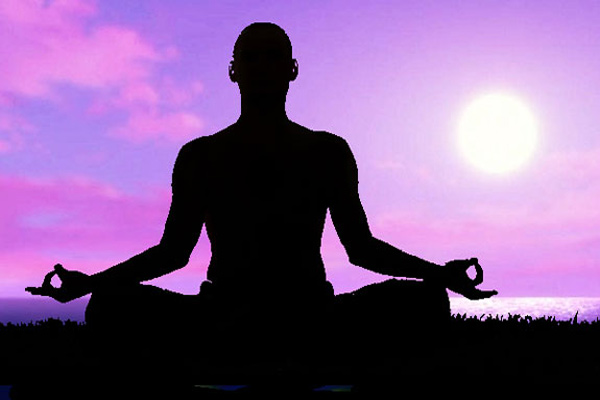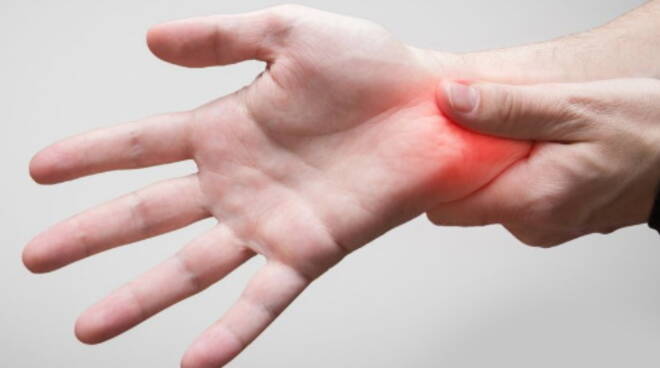The Rishikesh series second part
One of the most famous sequences in the world, transmitted and brought to the West by the famous Swami Sivananda of Rishikesh.
So we continue with the Revisitation of the Rishikesh series.
In the first part we analyzed all the positions of inversion, where I also included Matsyasana which still makes us see the world from another perspective.
This first part works mainly on the higher Cakra (from Anahata to Ajna), contributing significantly to establishing and maintaining an endocrine, mental, basic metabolism and psychological / spiritual balance.
The next positions work at the level of the lower Cakra (from Anahata downwards) strengthen the digestive system, the uro-genital and reproductive system, elasticize and strengthen the spine, open the chest improving breathing and much more.

UGRA-ASANA or also known as PASHIMOTTANA-ASANA, sometimes as BRAHMACARYA-ASANA
Ugra – mighty, mighty, terrible, Shiva describes when he retires to the forest for strict ascetic practices in celibacy (brahmacarya). The posterior stretch position is usually called Pashimottanasana.
Sitting with the legs stretched forward, pull the buttocks back to feel the support of the sitbones on the ground. Inhale, stretch up towards the sky, on the exhale, bending forward, grab your big toes and gradually stretch your entire torso onto your legs. First the lower abdomen comes down in contact with the thighs, then the chest rests finally the head on or beyond the knees, the elbows touch the ground next to the legs. The partial phase can be performed initially, bringing the arms folded under the bent knees. It is essential that you do not force the position by pulling and wanting to get down at all costs. Intense forward bends can cause damage to the spine if the body is not prepared properly or does not have enough elasticity and / or flexibility in the hips, illeus psoas, hamstrings, etc.
Hatha Yoga Pradipika claims that this posture can cure all ailments!
According to Gabriella Cella Al Camali massages the urogenital system keeping it healthy; tones the abdominal organs, kidneys, nervous system and spine. Facilitates diuresis; takes away the headache. Increases sexual potency and fertility: men need to keep it for a long time, women no more than five minutes.
In case of herniated discs it is contraindicated, during the cycle it increases the flow considerably and in menopause it excessively increases the heat.
The activated Chakra is Manipura of fire and center
It helps us strengthen our will and determination. Its polarity is masculine.

BHUJANGA-ASANA, the cobra symbol of the patron saint of yogis, the god Shiva.
Lie flat on your stomach, your hands resting next to your chest. The forehead touches the ground. Breathing in, first raise your head, your neck arches and then, leveraging your arms and hands, push your torso up. The pubis touches the ground and the slightly bent elbows push towards the torso. The face looks up or (especially with neck problems) forward.
In the partial form of the asana, the forearms are placed on the ground with the upper arms perpendicular to the ground supporting the torso. The elbows are positioned exactly under the shoulders.
Makes and maintains the spine flexible, improving circulation in the back and toning the spinal nerves. It tones the reproductive organs, stimulates digestion and relieves constipation. It also tones the liver, massages the kidneys and adrenal glands, promoting the production of cortisone. Regularize menstrual cycles.
This position is contraindicated in case of umbilical hernias, disc displacements or rotations in the lumbo-sacral tract and in pregnancy.
The water Chakra Svadhisthana (of the pubis) is activated.
It helps us to overcome our patterns, it facilitates us to let ourselves go into emotional states and to live our sexuality in a deeper way. Its polarity is neutral.

SHALABHA-ASANA, the grasshopper, the locust that calls water when the earth is arid
Lie on belly, arms beside your torso with your palms facing the ground. Bend your right knee while keeping it on the ground, on inhalation the left leg rises and rests on the sole of the right foot. By exhaling, stabilize the position by bringing the right side back to the ground and correct the left leg bringing it to a line with the shoulder.
The full position brings both legs up, making them go up as far as possible.
Shalabhasana stimulates the entire autonomic nervous system, especially the parasympathetic. Strengthens the lower back and pelvic organs. It tones the sciatic nerve giving relief in problems such as back pain, light sciatica and herniated disc as long as the disease is not serious. It tones and balances the functioning of the liver and all other abdominal organs and relieves stomach and intestinal disorders. It regulates the menstrual cycles and in menopause the hormone dosage.
The Chakra Svadhisthana of water is activated.
It helps us to be less strict and fussy. Its polarity is feminine.

DHANUR-ASANA, dhanur is the weapon bow of the gods and ksatriyas (warriors)
In the prone position with the legs and feet together, the arms and hands are at the sides. Bend your knees by bringing your feet close to your buttocks and grab your ankles with your hands. During a deep inhalation, tense the leg muscles by moving the feet away from the body, lift the thighs, chest and head off the floor by arching the back and look up. The arms are stretched and straight. The body rests only on the abdomen.
It decongests the solar plexus and the entire digestive system bringing enormous benefits and increases the efficiency of the entire digestive tract. It tones the pancreas and adrenal glands. Massage the kidneys and reduce excess fat in the abdominal region. Helps eliminate gastrointestinal disturbances, dyspepsia, chronic constipation and liver failure. It also helps in cases of diabetes, incontinence, colitis, menstrual disorders.
It strengthens the spine and removes its stiffness and improves blood circulation in general.
It is contraindicated in pregnancy; with umbilical, inguinal and disc hernias; discopathies, cervical arthrosis, enlarged liver and spleen and very weak abdominal organs.
The water Cakra Svadhisthana is activated.
It helps us eliminate toxins and impurities from the body and mind. Its polarity is masculine.

MATSYENDRA-ASANA, the sage Matsyendra position is one of my favorite positions!
There are many variations of this position, from very simple to advanced.
This is a medium difficulty variant.
Seated bend the right leg and bring the foot next to the left buttock, the left leg crosses over the right, bringing the foot to the ground near the knee. A deep inhalation brings the torso to lengthen and rotate to the left. The left hand rests on the ground behind the back about a hand’s length away, the straight extended arm supports the torso.

The right arm pushes the left knee from the outside to the right and the hand tries to grab the ankle. The shoulders are on the line of the right thigh.
A simpler variant leaves the right leg straight and extended, the right arm embraces the left knee pressing it on the abdomen.
Increase chest volume by improving breathing; massages the organs of the abdomen and improves digestion. It tones all the back muscles and nourishes the spinal nerves; elasticises and gives flexibility to the spine, removing its stiffness; tones the joints and calms the excess of emotion.
Contraindicated in case of serious back problems such as discopathies and various hernias, during pregnancy it should be performed only in the opening.
The activated Chakra is Manipura and the little Vira-Chakra Surya on the right and Candra on the left who rule the liver and spleen respectively.
It helps us to overcome excessive emotionality and to be less fickle. Its polarity is masculine.
After the execution of the whole series, take time for a deep relaxation, lie down on the ground in Shavasana, gradually relax the whole body from head to toe, dissolving with each exhalation all the tensions that may have accumulated in your body during the practice.
For further information on yoga-ratna I recommend the book by Gabriella Cella Al Chamali:
Yoga-Ratna, the jewel of yoga
Did you like the article? share it and / or leave a comment
With gratitude
Sabine
Categories
- Senza categoria (10)



